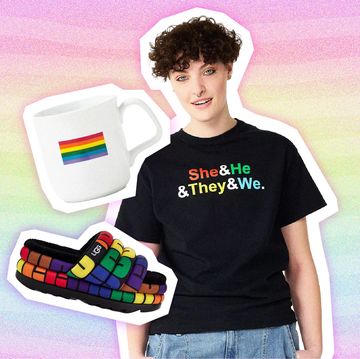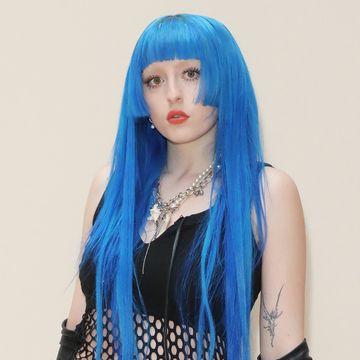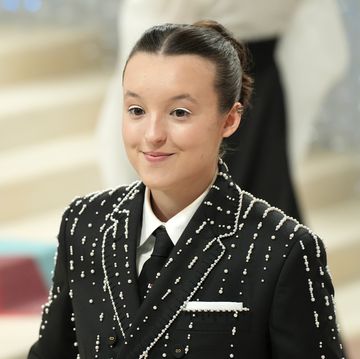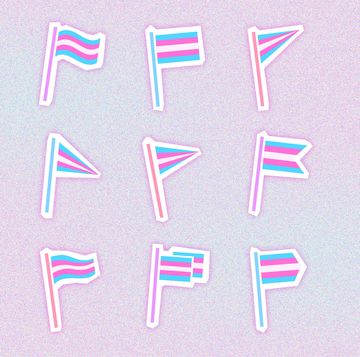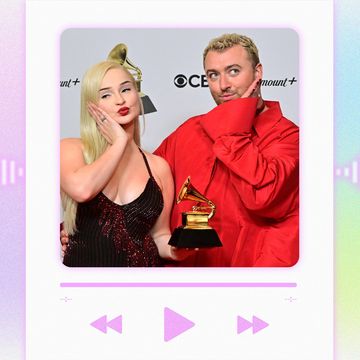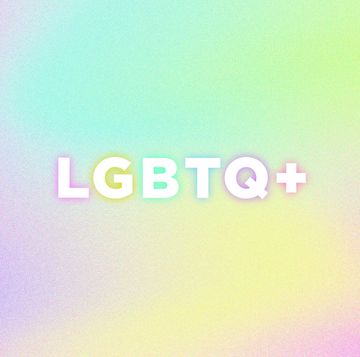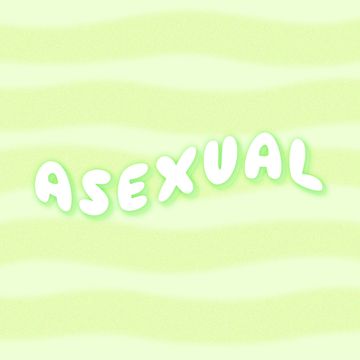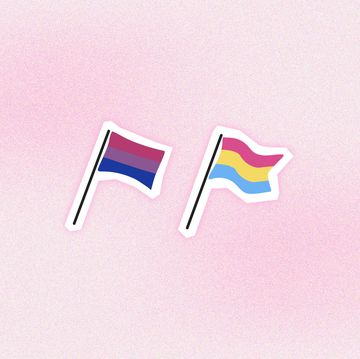The LGBTQ+ community has always existed, but these days, more of its members feel empowered to celebrate their identities in their day-to-day lives. While we celebrate the accomplishments of queer folks and acknowledge the hard work that's been put in for equal rights during Pride month in June, these individuals should be celebrated all day, every day.
The "B" in LGBTQ+ symbolizes the bisexual people who are part of the vibrant community, and they often fall victim to erasure. According to GLAAD, bi-erasure is "a pervasive problem in which the existence or legitimacy of bisexuality (either in general or in regard to an individual) is questioned or denied outright." But, bisexual people definitely exist, and even to this day, they want to make it known that their sexuality isn't a phase. Per the U.S. Census' Household Pulse Survey in December 2021, at least 20 million adults in the United States could be lesbian, gay, bisexual, or transgender — nearly 8% of the total adult population. Bisexual people made up 4% of respondents in the survey, representing the largest single contingent of LGBTQ+ people.
In 1998, bi erasure led to the creation of the pink, purple, and blue bisexual pride flag we know today. Most people instantly recognize the classic rainbow pride flag, and in recent years, the progress pride flag, but activist Michael Page wanted to make sure bi people were seen in the same capacity during rallies and Pride parades. Ahead, find everything we know about the history behind the bisexual pride flag and the meaning behind its colors.
What is the history of the bisexual pride flag?
In 1998, activist Michael Page designed the bisexual pride flag in an attempt to start an annual Bisexuality Visibility Day, which ultimately came into fruition on September 23, 1999. Since then, Bisexuality Awareness Week has also been celebrated annually from September 16 to 23. Per Time, the bisexual pride flag came at a time when the bi community wanted to come together in online chatrooms.
Page was reportedly inspired by the "bi-angles," or blue and pink triangle symbols that overlapped to create a purple shade in the middle. The original creator of the bi-angles is still unknown, but the overlapping colors inspired the stacked version we see in the current bisexual pride flag.
What do the colors of the bisexual pride flag mean?
The colors of the bisexual flag are pink, purple, and blue. While many think the blue and pink shades represent men and women, the colors actually represent something else. Bisexuality means you like more than one gender, which isn't only limited to men and women. The Human Rights Campaign defines bisexuality as being "emotionally, romantically or sexually attracted to more than one sex, gender or gender identity though not necessarily simultaneously, in the same way or to the same degree."
According to Case Western Reserve University, the pink shade in the flag represents attraction to people of the same gender while blue represents attraction to those of the opposite or different gender. Purple, which is a mix of the other two colors on the flag, represents attraction to more than one gender, including genderfluid and non-binary folks.
Sam is an assistant news editor at Cosmo, covering all things pop culture, entertainment, and celebrity news. She previously covered those same topics along with health, lifestyle, and beauty at Seventeen. When she isn't draping her cheeks in blush, you can probably find her live-tweeting awards shows or making SwiftToks.





